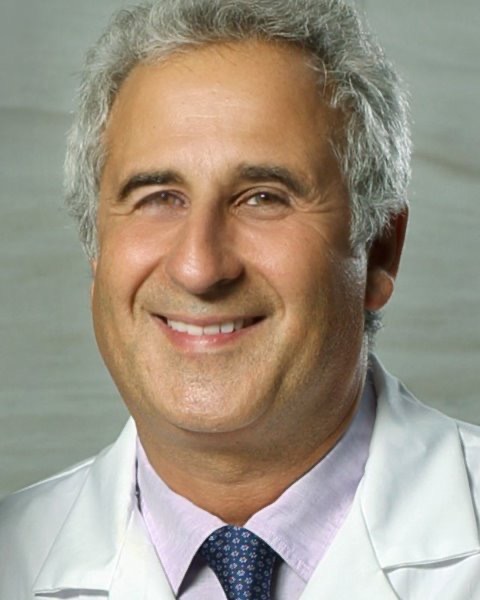Fetus
Poster Session 3
(780) Resolution of fetal discordance after laser is predicted by twin growth before twin-to-twin transfusion syndrome

Katelyn Uribe, MD
Assistant Professor
Johns Hopkins Hospital
Baltimore, MD, United States
Abby Birk, BS (she/her/hers)
Clinical Research Assistant
Johns Hopkins School of Medicine
Baltimore, MD, United States
Jena L. Miller, MD (she/her/hers)
Assistant Professor
Johns Hopkins Center for Fetal Therapy
Baltimore, MD, United States
Ahmet A. Baschat, MD (he/him/his)
Director
Johns Hopkins Hospital
Baltimore, MD, United States- MK
Michelle Kush, MD
Johns Hopkins Hospital
Baltimore, MD, United States - VP
Valeria Pasuizaca, N/A
Johns Hopkins University
Baltimore, MD, United States - SS
Sam Suh, N/A
Johns Hopkins University
Baltimore, MD, United States - KV
Kristin Voegtline, PhD
Johns Hopkins School of Medicine
Baltimore, MD, United States - SO
Sarah Olson, MPH
Johns Hopkins School of Medicine
Baltimore, MD, United States 
Mara Rosner, MD, MPH
Assistant Professor
Johns Hopkins Center for Fetal Therapy
Baltimore, MD, United States
Primary & Presenting Author(s)
Coauthor(s)
Study Design:
This is a single center, retrospective analysis of monochorionic twins with TTTS and sFGR who underwent laser surgery and had available growth ultrasound records at a pre-TTTS scan. Demographics, pregnancy characteristics, and outcomes were compared between 3 outcome groups: double survival (DS) with birth weight discordance (BWD) < 20%, DS with ongoing BWD > 20%, or demise after laser. Continuous data were analyzed using Student’s t-tests or Wilcoxon Rank Sum test. Categorical data were analyzed using Chi-square test orFisher’s Exact test. A multivariate logistic regression model was constructed based on univariate associations.
Results:
Ninety-seven patients underwent laser at 19.1 [17.4-22.1] weeks with a mean EFWD of 28.7%. The pre-TTTS scan occurred at 16.9 [16.1-19.6] weeks. After laser, 34 (35.1%) had resolved BWD (mean 9%), 34 (35.1%) had ongoing BWD (mean 36.5%), and 29 (29%) had a single or double fetal demise. Demographics, TTTS stage, recipient umbilical artery Dopplers, and donor middle cerebral artery Dopplers did not differ by patient groups. Pre-TTTS EFWD was significantly lower among cases with resolved BWD relative to persistent BWD (P< .0001). EFWD at the time of TTTS diagnosis did not differ between patient groups (P=0.071). Donor umbilical artery qualitative flow (P=0.0087) and pulsatility index (P=0.0061) were associated with ongoing BWD and fetal loss following laser therapy; however, after logistic regression, EFWD at the pre-TTTS scan was the only predictor of growth resolution at birth (p = 0.0063).
Conclusion: Concordant growth prior to the development of TTTS is associated with resolution of fetal growth discordance after laser treatment. These findings suggest that TTTS pathophysiology also contributes to growth discordance noted at the time of TTTS diagnosis.

